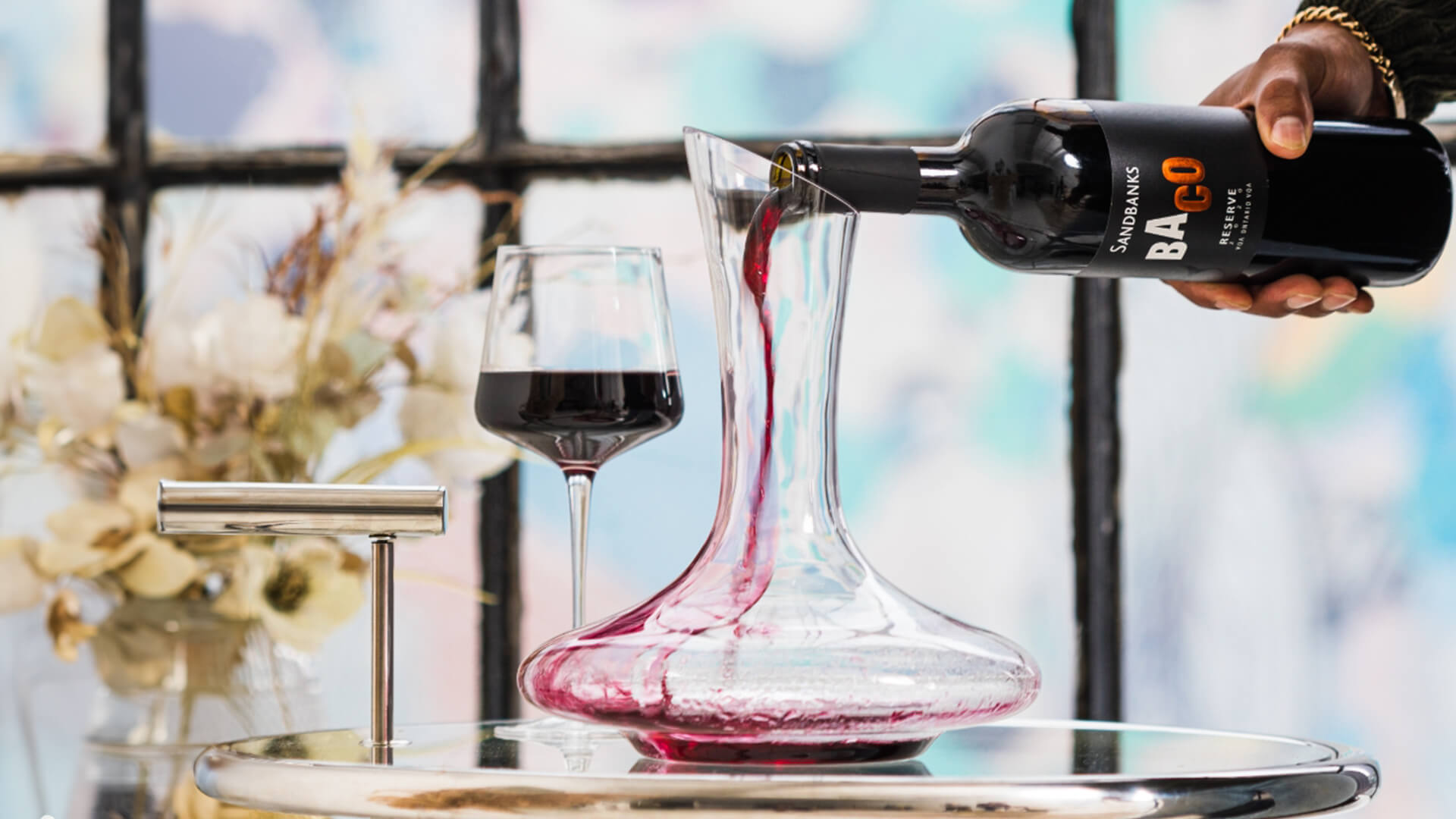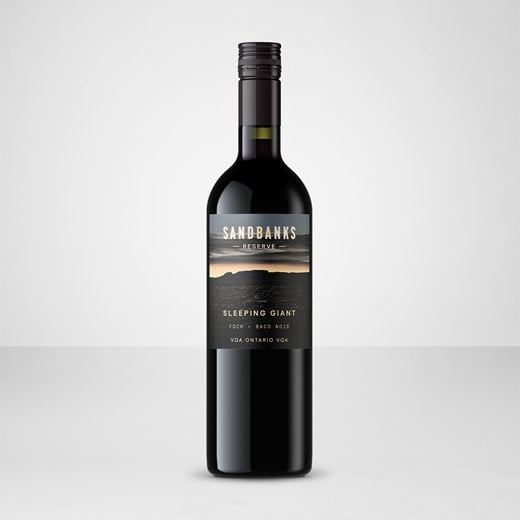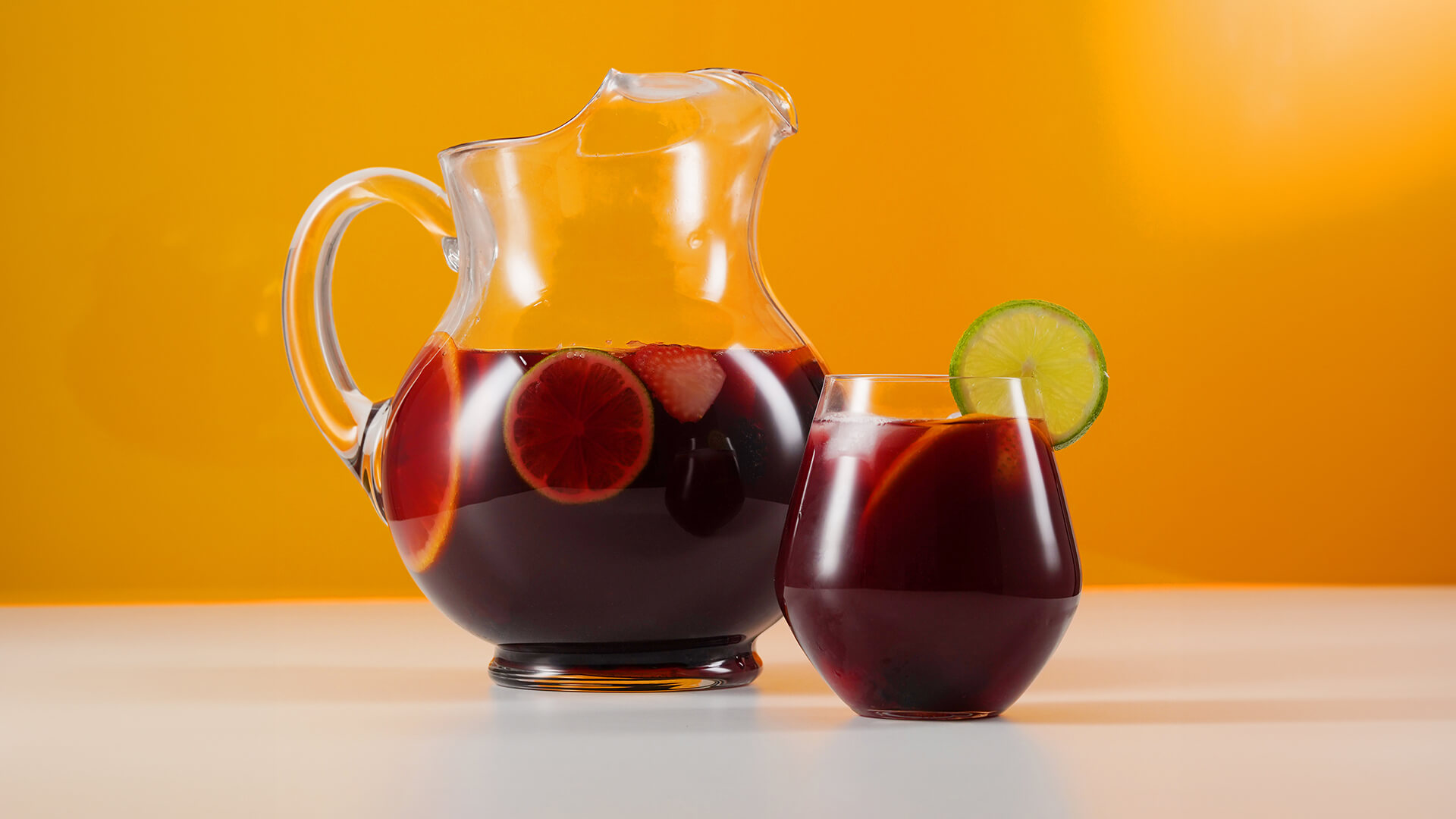Taste: The Bitter Beauty of Tannins
When you detect bitterness or astringency in your wine, chances are you're experiencing the effects of tannins. Picked up at the centre of your tongue, these compounds have a knack for grabbing your attention, leaving a lingering impression long after you've swallowed that last sip.
But tannins aren't just about bitterness – they also play a crucial role in shaping the overall taste profile of a wine. By interacting with other components like fruit flavours and acidity, tannins contribute to the wine's complexity and balance. So, the next time you're savouring a glass of your favourite red, take a moment to appreciate the intricate dance of tannins on your palate.
Feel: Texture & Mouthfeel Unleashed
In addition to taste, tannins are also about texture. Picture this: You take a sip of your favourite red wine, and suddenly, your taste buds come alive with a burst of flavour. But wait – what's that sensation? It's the tannins making their presence known!
Tannins differ in texture and mouthfeel. In some wines, they can be soft and silky and in others, they’re grainy, aggressive, and can have a drying sensation on your palate. These high-tannin wines, while bold and powerful, may require a bit of patience and aeration to fully appreciate their charms.
Food: The Perfect Pairing for Tannins
Now, let's talk about everyone's favourite topic: Food! When it comes to pairing wine with your culinary creations, understanding tannins can make all the difference. As a rule of thumb, tannic wines tend to shine brightest when accompanied by rich, hearty dishes. Think juicy steaks, savoury stews, or heavier pasta dishes laden with creamy sauces – these foods work well to offset any astringency.
Whether you're hosting a dinner party or simply enjoying a quiet evening at home, savouring a tannic wine, with its bold flavours and food-friendly nature, can enhance your overall dining experience.







